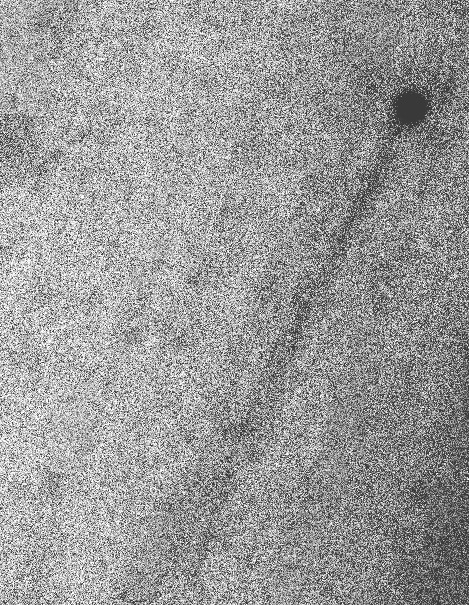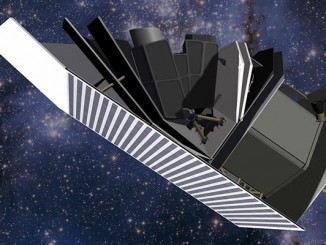
Asteroid 62412, otherwise known as 2000 SY178, was discovered by the LINEAR (Lincoln Near-Earth Asteroid Research) facility at Socorro, New Mexico, on 28th September 2000. With a slightly eccentric orbit that brings it to within 2.9 Astronomical Units of the Sun every 5.6 years, 2000 SY178 seemed like a typical main-belt asteroid from the Hygeia family for over a decade.
However, according to findings presented by Scott Sheppard and Chadwick Trujillo of Carnegie’s Gemini Observatory to the American Astronomical Society’s Division for Planetary Sciences meeting in Tucson, Arizona on November 11th, 62412 (2000 SY178) is an active asteroid, the first comet-like object seen in the Hygeia family. It marks the 13th known active main-belt asteroid out of an estimated total of 100 believed to exist, based on Sheppard and Trujillo’s discovery.

Active asteroids have stable orbits between Mars and Jupiter like thousands of others. However, they occasionally take on the appearance of comets when gas or dust is ejected from their surfaces creating short-lived tails. The reasons for this loss of material and tail formation in active asteroids are unknown, but theories include recent impacts or sublimation of exposed ices from a solid to a gaseous state.
“Until about ten years ago, it was pretty obvious what a comet was and what a comet wasn’t, but that is all changing as we realize that not all of these objects show activity all of the time,” Sheppard said.
Asteroids were long thought to be mostly unchanging objects, but improved imaging techniques have allowed scientists to discover that some have tails and comas, the latter being the thin atmospheric envelope surrounding a comet’s nucleus.
“We’re actually looking anew through our deep survey at a population of objects that other people cannot easily observe, because we’re going much deeper,” Sheppard added.
Sheppard and Trujillo report that 62412 has a very fast rotational period of 3.33 hours, which is near the critical period for break-up. The fast spin rate may change the asteroid’s shape and shift material around its surface. The tail may be created directly from material ejected off the rapidly spinning nucleus, or from freshly exposed ice subliming into water vapour.
The team also find a density for 62412 typical of primitive asteroids which is not consistent with the much lower-density comets. Further monitoring of this unusual object will help confirm the activity’s source.



